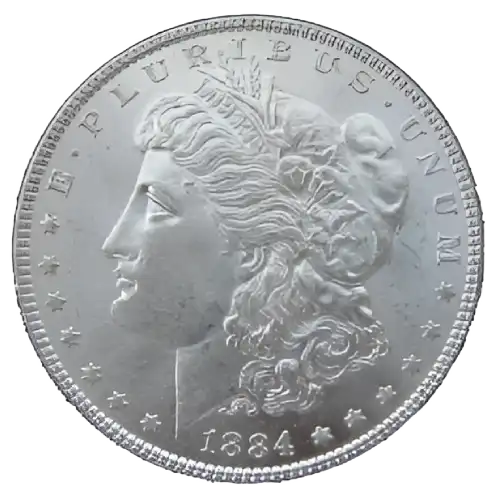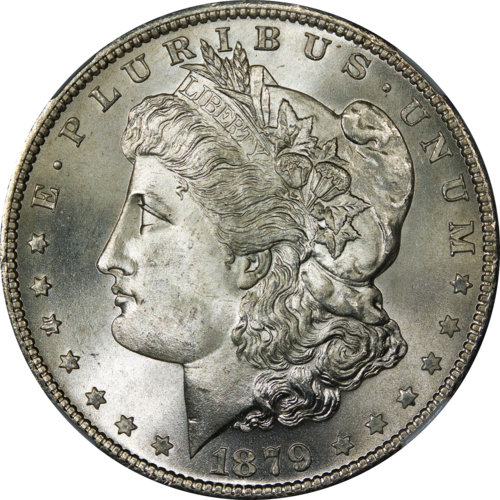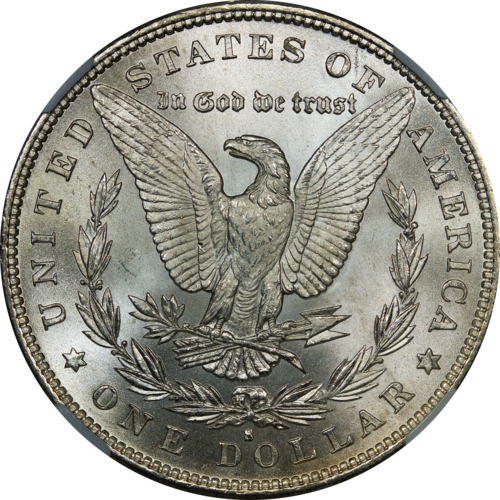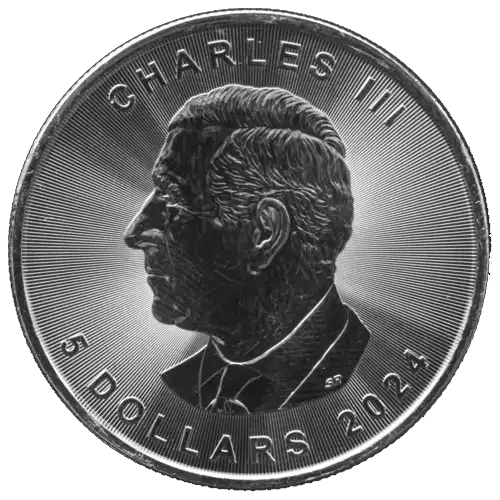Silver Morgan

About The Silver Morgan Coin

Obverse Silver Morgan
Design : Liberty
Designer : George T. Morgan
Design date : 1878
Reverse Silver Morgan
Design : Eagle clasping arrows and olive branch
Designer : George T. Morgan
Design date : 1878

Coin Weights
NA
Morgan dollar Coin Specifications
Value : 1 United States dollar
Mass : 26.73 g (412½ gr)
Diameter : 38.1 mm (1.5 in)
Thickness : 2.4 mm
Edge : Reeded
Composition :
- 90.0% Silver
- 10.0% Copper
Years of minting : 1878-1904, 1921
Mint marks :
- None (Philadelphia)
- CC (Carson City)
- S (San Francisco)
- O (New Orleans)
- D (Denver)
Frequently Asked Questions
FAQs
There are three important reasons to consider American Gold Metals Inc. After acquiring your precious metals, we provide a follow-up service designed to keep you informed on economic and/or geopolitical events that could affect the gold or silver market. Keeping you informed in real time allows you to be proactive in your decisions.
Second: We are a member of NGC (Numismatic Guarantee Corporation), PCGS (Professional Coin Grading Service) and ANA (American Numismatic Association). We are also a company with decades of precious metals experience. We believe that integrity still matters and our record of service to our clients is a priceless commodity.
Finally by substantially reducing overhead costs, and running a more efficient, customer oriented business, we are able to provide the very best prices for precious metal products.
Setting up a precious metals IRA involves several steps:
1. Choose a custodian: Select a reputable custodian specializing in self-directed IRAs that handle precious metals.
2. Fund the account: Transfer or rollover funds from an existing IRA or 401(k).
3. Purchase metals: Work with a dealer to buy IRS-approved precious metals.
The dollar was authorized by the Bland–Allison Act. Following the passage of the 1873 act, mining interests lobbied to restore free silver, which would require the Mint to accept all silver presented to it and return it, struck into coin. Instead, the Bland–Allison Act was passed, which required the Treasury to purchase between two and four million dollars’ worth of silver at market value to be coined into dollars each month. In 1890, the Bland–Allison Act was repealed by the Sherman Silver Purchase Act, which required the Treasury to purchase 4,500,000 troy ounces (140,000 kg) of silver each month, but only required further silver dollar production for one year. This act, once again, was repealed in 1893.
In 1898, Congress approved a bill that required all remaining bullion purchased under the Sherman Silver Purchase Act to be coined into silver dollars. When those silver reserves were depleted in 1904, the Mint ceased to strike the Morgan dollar. The Pittman Act, passed in 1918, authorized the melting and recoining of millions of silver dollars. Pursuant to the act, Morgan dollars resumed mintage for one year in 1921. The design was replaced by the Peace dollar later the same year.
In the early 1960s, a large quantity of uncirculated Morgan dollars in their original bags were discovered in the Treasury vaults, including issues once thought rare. Individuals began purchasing large quantities of the pieces at face value, and eventually the Treasury ceased exchanging silver certificates for silver coin. Beginning in the 1970s, the Treasury conducted a sale of silver dollars minted at the Carson City Mint through the General Services Administration. In 2006, Morgan’s reverse design was used on a silver dollar issued to commemorate the old San Francisco Mint building.






